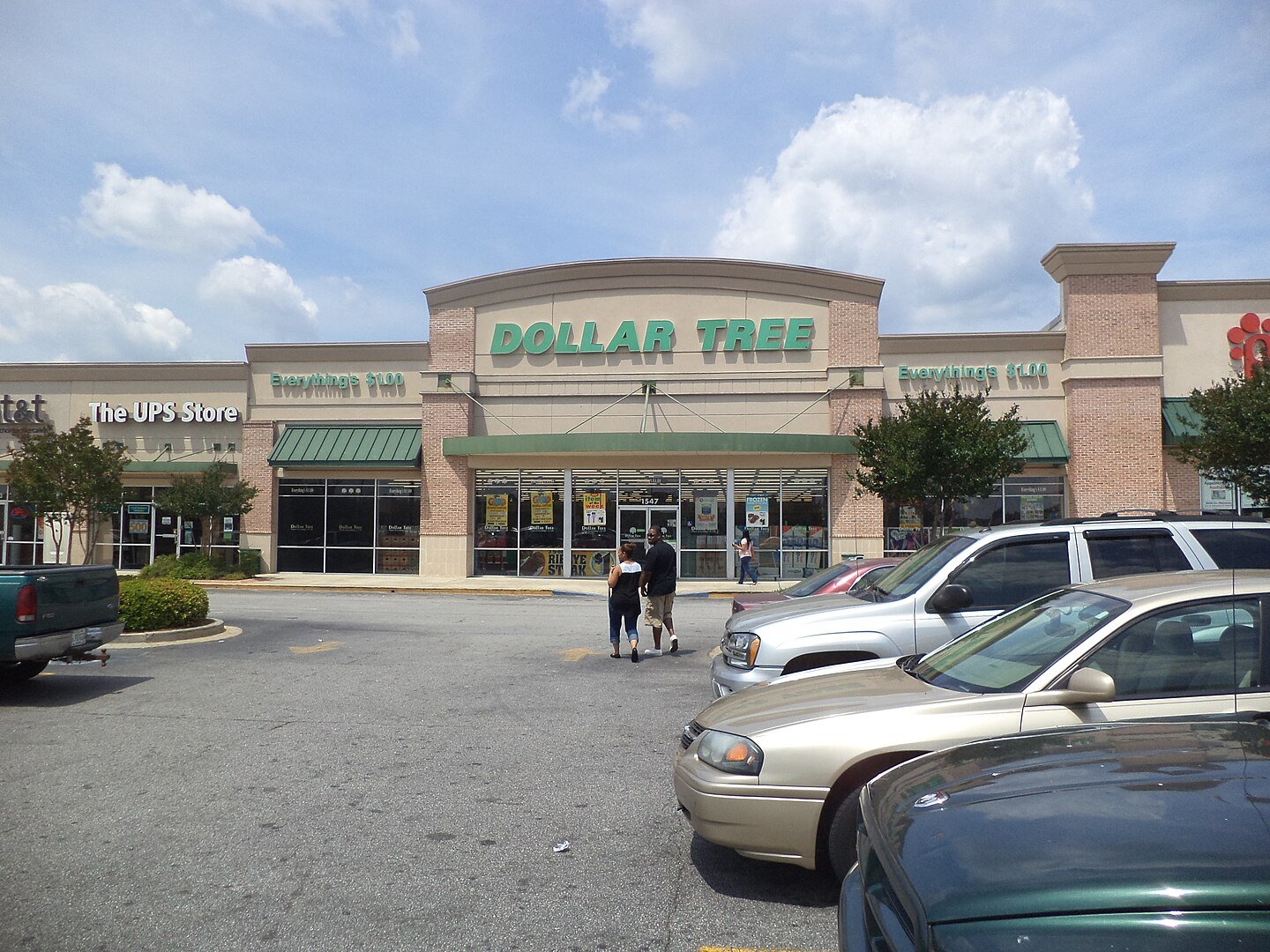In the coming years, Dollar Tree, a variety discount chain, will close nearly 1,000 locations in response to financial difficulties.
Following a review of its performance during the 2023 fiscal year, Dollar Tree has announced that it will be closing close to 1000 Family Dollar and Dollar Tree locations.
“Comprehensive Store Portfolio Optimization Review”

The business cited a “comprehensive store portfolio optimization review” in an announcement made on Wednesday, pointing to the necessity of closing stores due to significant underperformance last year.
“Identifying stores for closure, relocation, or re-bannering based on an evaluation of current market conditions and individual store performance, among other factors” was the goal of the audit.
Unable to Meet Sales Targets

It likewise recognized the chain’s underperformance, including the inability to meet sales targets in 2023. Dollar Tree shares have dropped by 14.2% since the announcement.
The statement went on to say, “We took a thoughtful and deliberate approach to address underperforming stores by considering each individual store’s performance, local operating environment, and our broader need for scale and operating efficiencies across the portfolio”
Closure Figures

The company intends to close approximately 600 Family Dollar stores across the first half of 2024. Over the next few years, it will close 370 Family Dollar stores and 30 Dollar Tree stores.
Nearly 12% of all Family Dollar stores will close as a result of these closures. Up to this point, specific details of store closures have not been delivered.
Family Dollar Acquisition

Dollar Tree has been forced to close 17,000 locations across the United States and Canada as of February 2024.
Family Dollar was acquired almost a decade ago by Dollar Tree, which has been one of the leading discount variety stores in the United States for more than 30 years.
Struggling to Incorporate

Dollar Tree has struggled to successfully bring Family Dollar under its wing ever since it won the bidding war in 2015 against major competitor Dollar General.
The acquisition by Dollar Tree has been viewed as a massive failure by many experts as a result of these closure announcements, including GlobalData managing director Neil Saunders.
Expert Opinion

In a public statement, Saunders wrote, “This dramatic cull is the coup de grace in the rather botched acquisition of the Family Dollar chain, which has caused Dollar Tree nothing but hassle since it was completed back in 2015.”
He went on to say, “Basically, almost 10 years on, Dollar Tree is still sifting through the mess it inherited and has not been able to completely turn around.”
Rat Problem

One of the many significant issues the U.S. chain has encountered in recent years was their failed acquisition of Family Dollar. The most well-known, however, is a significant rat infestation that cost them tens of millions of dollars.
The company had been shipping products to its outlet stores from an Arkansas distribution center that was rat-infested up until January 2022.
Infestation Causing Losses

In court, the company was ordered to pay $41.6 million for one misdemeanor count. They later revealed that the infestation also caused Dollar Tree to lose up to $34 million in recalled goods.
Additionally, the Occupational Safety and Health Administration (OSHA) issued a damning statement regarding the situation, claiming that the company had an “attitude that profits matter more than people” and had “continued disregard for human safety.”
Rival Expansion

In addition, their main rival Dollar General is expanding rapidly, opening over 4,000 new locations in the last five years and adding fresh produce to their product line.
Low- and middle-income earners are increasingly frequenting discount variety stores as a result of the rising cost of living and household debt.
Rising Retailers

Dollar stores are the nation’s fastest-growing food retailers, according to a January study in the American Journal of Public Health.
Wenhui Feng, a Tufts University professor of healthcare policy who co-authored the paper, stated, “Dollar stores play an increasingly important role in household food purchases, yet research on them is lacking.”
Current Operations

Currently, the company operates 15,115 stores across the 48 contiguous U.S. states and Canada.
Their operations are supported by a logistics network spread across the nation of 24 distribution centers.
The increased struggles for the brand come as they announced in May that they had acquired up to 170 closed 99 Cents Only locations that they intend to reopen this fall.
